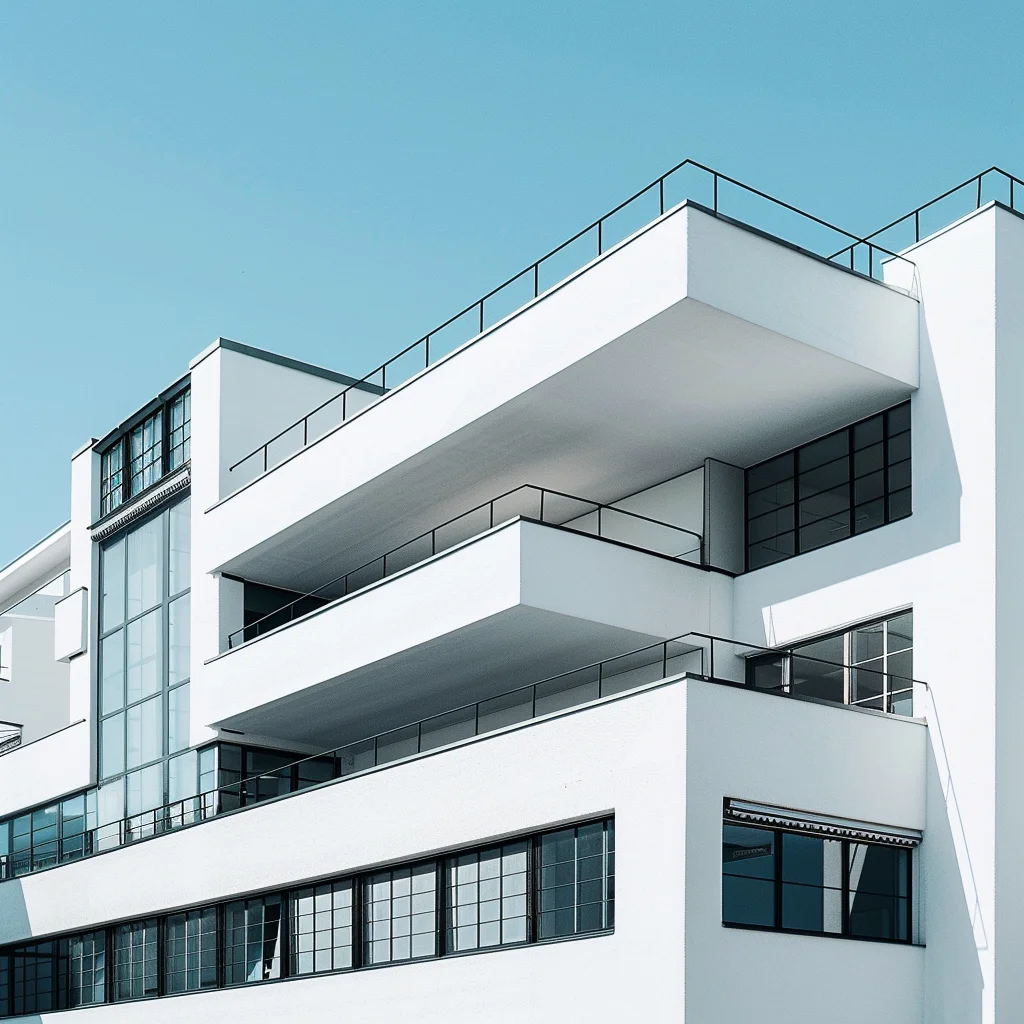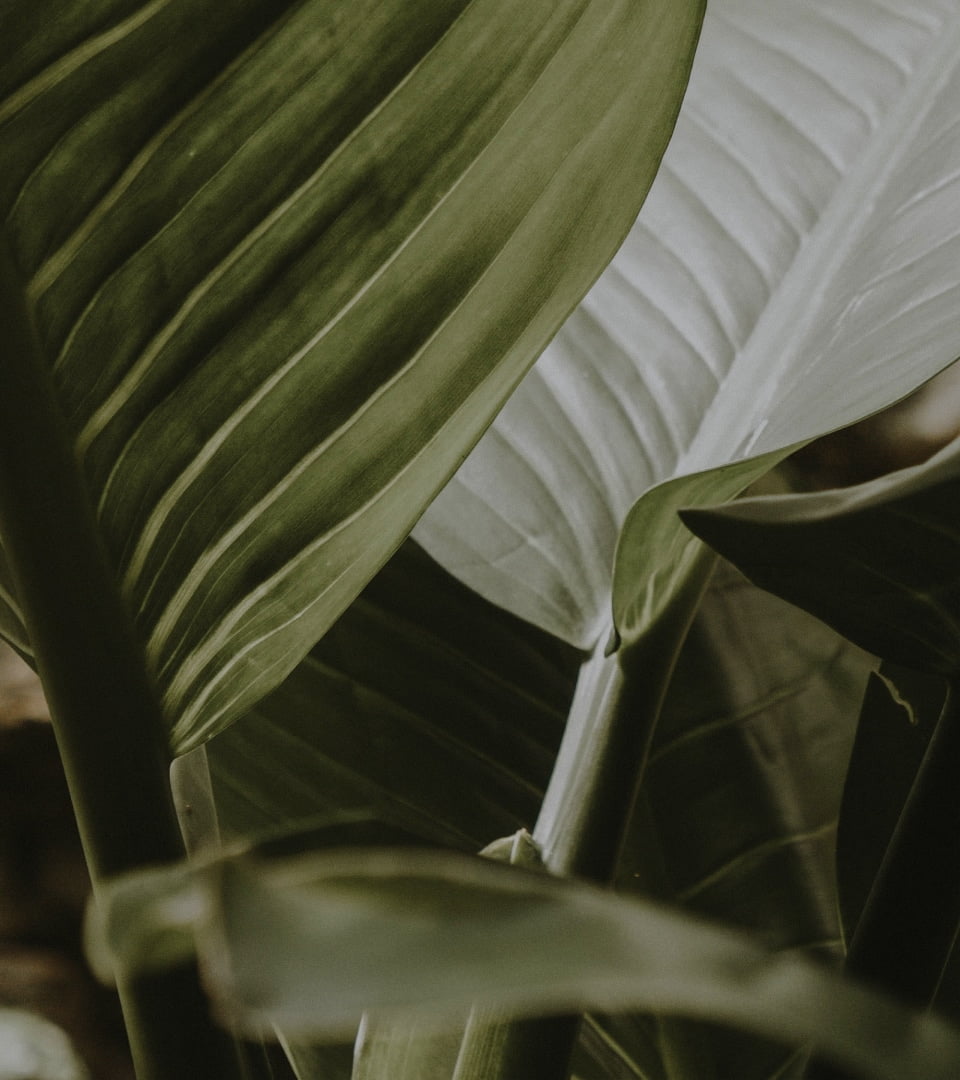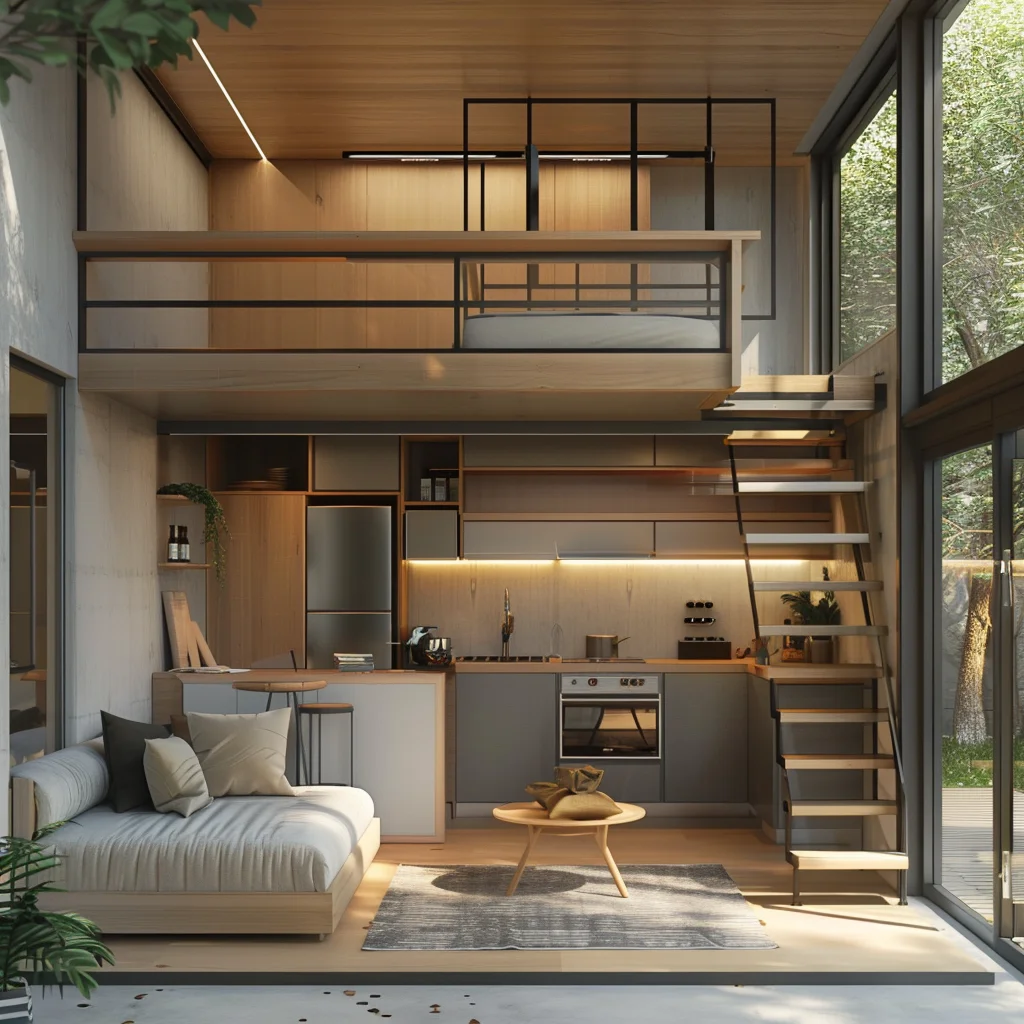Introduction
In the world of interior design, texture plays a pivotal role in creating spaces that are not only visually appealing but also rich in sensory experiences. While color and form are often the first elements considered in design, texture brings depth and dimension, making a room feel complete and harmonious. Welcome to our guide on the art of layering textures in interior design, where we explore how to combine different materials and finishes to create a sophisticated and inviting space.
Understanding Texture in Interior Design
Texture refers to the surface quality of materials—how they feel and look. It can be rough, smooth, soft, hard, glossy, or matte. Incorporating a variety of textures adds visual interest and tactile comfort to a space, transforming it from flat and monotonous to dynamic and engaging.
The Basics of Layering Textures
Layering textures is all about balance and contrast. Here are some foundational principles to help you master this art:
- Start with a Base: Begin with foundational elements like walls, floors, and large pieces of furniture. Choose a primary texture, such as a smooth painted wall or a hardwood floor, to set the stage.
- Mix Textiles: Introduce different fabrics through upholstery, curtains, rugs, and cushions. Consider the weight and weave of the textiles; for instance, pair a chunky knit throw with smooth silk pillows or a plush velvet sofa with a crisp linen chair.
- Incorporate Natural Elements: Bring in materials like wood, stone, and metal. A wooden coffee table, a stone countertop, or metal light fixtures can add organic texture and contrast to softer textiles.
- Play with Patterns: Patterns can act as a form of texture. A striped rug, a geometric wallpaper, or a floral cushion can add another layer of visual complexity. Just be sure to balance bold patterns with more subdued textures to avoid overwhelming the space.
- Add Accents and Accessories: Smaller decorative items like baskets, vases, and art pieces can introduce additional textures. A ceramic vase, a woven basket, or a textured art piece can be the finishing touch that pulls everything together.
Practical Tips for Layering Textures
Balance is Key: Ensure there is a mix of textures that balance each other out. If you have a lot of rough, rustic textures, incorporate some smooth and sleek elements to create harmony.
Use a Cohesive Color Palette: While experimenting with different textures, keep your color palette cohesive. This ensures that the varied textures work together rather than compete for attention.
Vary the Scale: Mix large, bold textures with smaller, subtle ones. For example, a large, textured area rug can be balanced with smaller, smoother accessories.
Consider Functionality: Choose textures that are not only beautiful but also functional. For instance, a plush rug is great for a cozy living room, while a more durable, easy-to-clean fabric might be better for a dining room.
Examples of Textured Spaces
Modern Minimalist: A minimalist space with sleek, smooth surfaces can be warmed up with textured throws, a shaggy rug, and a few wooden accents.
Rustic Charm: Combine rough-hewn wood, stone, and soft, woven fabrics to create a rustic, cozy atmosphere.
Eclectic Mix: An eclectic space allows for a mix of textures—think velvet cushions, a metal coffee table, and a patterned rug, all within a cohesive color scheme.
Coastal Vibes: Embrace the textures of the beach with woven baskets, light linen fabrics, and driftwood accents for a breezy, relaxed feel.
Conclusion
Layering textures is a subtle yet powerful way to elevate your interior design. It adds depth, richness, and a tactile dimension that makes a space feel lived-in and loved. By thoughtfully combining different materials and finishes, you can create a room that is both aesthetically pleasing and incredibly inviting. Whether you prefer a modern minimalist look or a rustic charm, mastering the art of layering textures will help you achieve a beautifully balanced interior.
For more inspiration and expert advice on creating textured spaces, visit our portfolio or contact our design studio today. Let us help you bring your vision to life with the perfect blend of textures.





